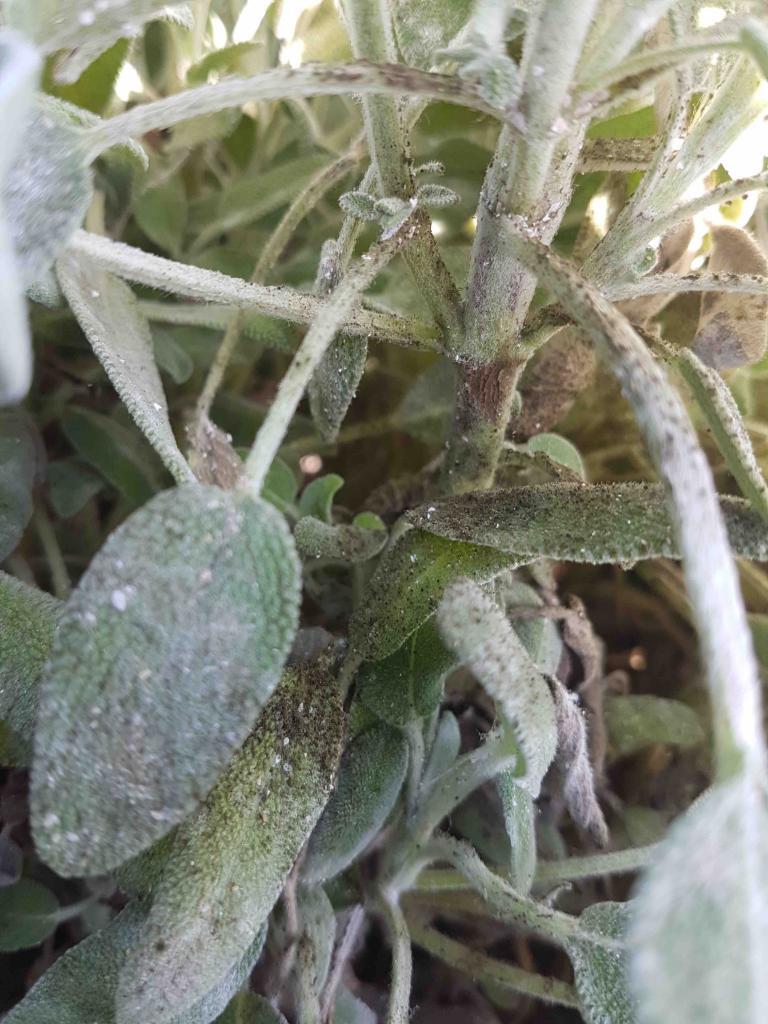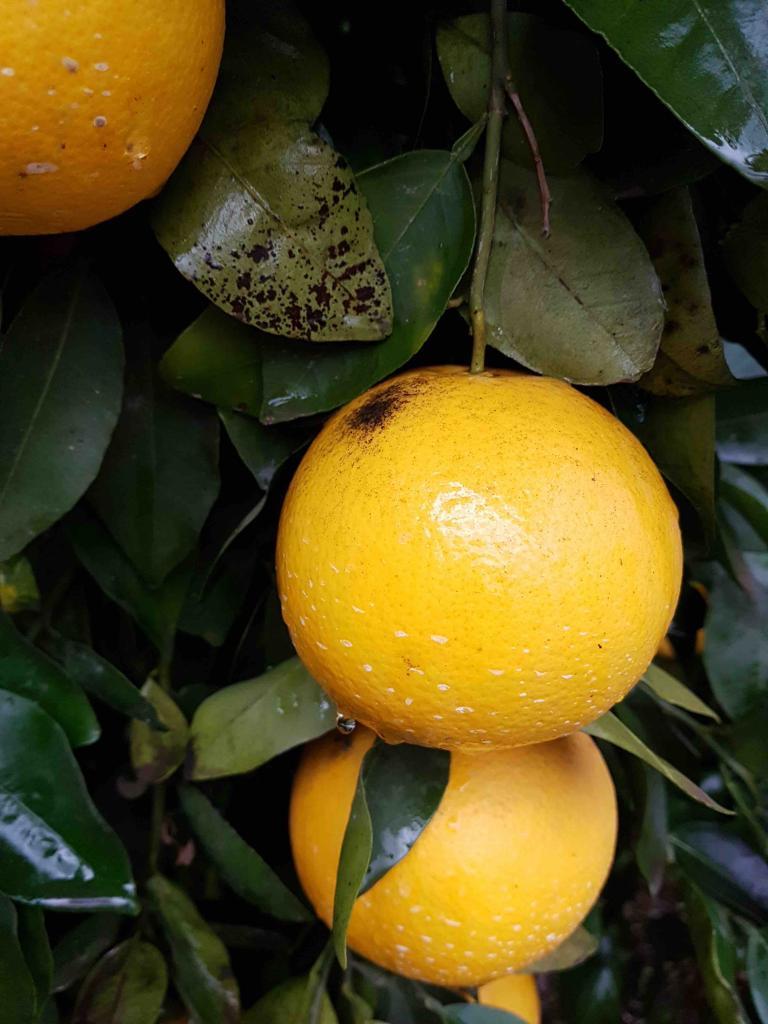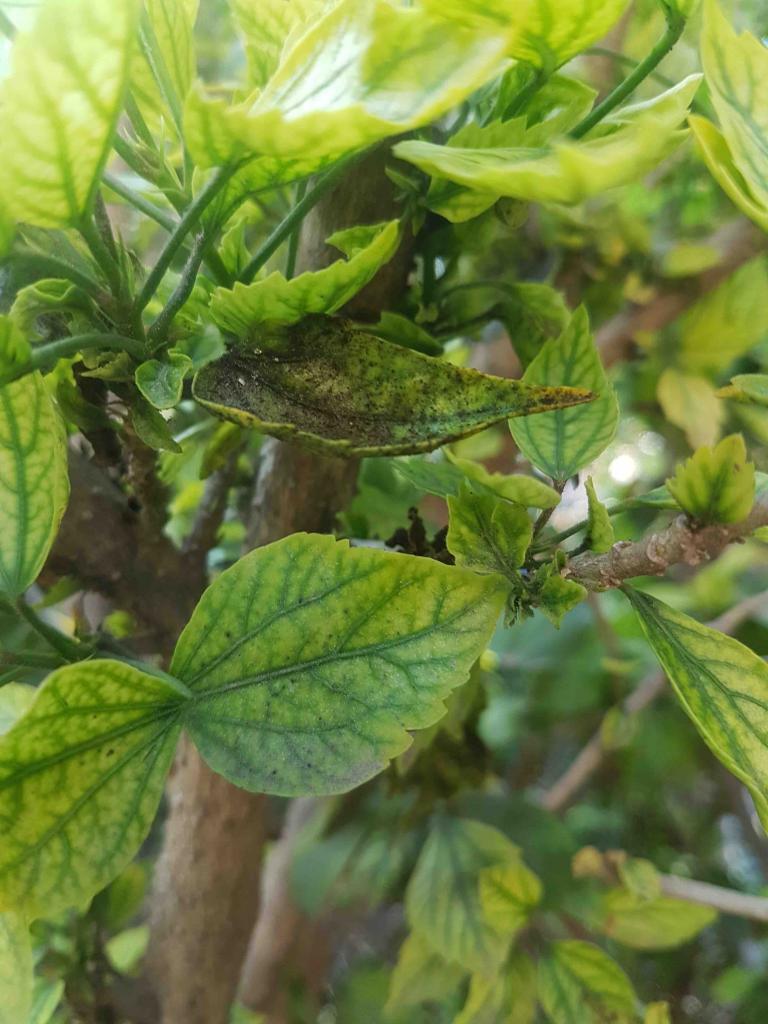கரும்பூசண நோய்
There is a wide range of ornamental and cultural crops that can develop on the surfaces where honeydew is present.
Sooty mold is a general name for a collection of different species of fungi that grow on the honeydew secretions found on plants. The existence of such sugary substances on plants is often related to the presence of sap-sucking insects and could point to a possible pest infestation. Aphids, mealybugs, whiteflies, cicadas, and scales are just a few examples, but tend to be the most well-known ones.
Those insects feed from the plant using their mouths to suck up sugary fluids. They can’t utilize all of the nutrients inside the fluid; therefore, they assimilate what they need and excrete the rest as the byproduct we call “honeydew.” Wherever there is honeydew, let it be leaves, twigs, fruits, or concrete, sooty molds can develop.
Mycelium is black and can give leaves or other plant parts the appearance of being covered with a layer of soot (hence the name.)
Sooty molds can damage the plant by coating the leaves to the point where reduction in sunlight is critical. Without enough sunlight, photosynthesis is reduced, thus leading to slower plant growth. In addition, coated leaves might prematurely age causing premature leaf drop.
கரும்பூசண நோய் இருப்பது கடந்தகால அல்லது தற்போதுள்ள பூச்சி பரவலின் விளைவாகும், இது அழிக்கப்பட வேண்டும்.
வார்ப்புகளை அகற்ற, விவசாயப் பயன்பாடுகளுக்காகப் பிரத்யேகமாக வடிவமைக்கப்பட்ட தொழில்துறை அழுக்குநீக்கிகள் -இன் அதிக அளவு பயன்பாட்டுடன் தேந்துளிகளைக் கழுவவும்.
*Names marked in red are considered to be highly poisonous to beneficial insects.
*Names marked in green are considered to be organic and IPM (integrated pest management) compatible.
Image Gallery


